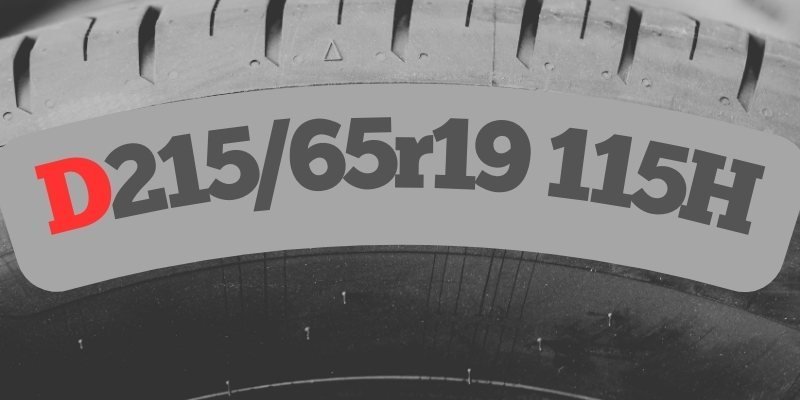What Does D Mean on a Tire?

The “D” on a tire refers to the tire’s construction type. Specifically, it indicates that the tire has a diagonal or bias-ply construction. This is one of the three main types of tire constructions you’ll come across, with the other two being radial and belted-bias.
In a diagonal or bias-ply tire, the layers of fabric (known as plies) are arranged diagonally across the tire. These plies cross each other at angles, typically around 30 to 40 degrees, creating a crisscross pattern. This construction method was the standard for tires before radial tires became more popular.
How Does It Affect Tire Performance?
Bias-ply tires have specific characteristics that make them distinct from radial tires. Here’s how the “D” or diagonal construction impacts performance:
- Flexibility and Comfort: Bias-ply tires tend to be more flexible due to their layered construction. This can provide a smoother ride on uneven surfaces, making them suitable for certain off-road applications, agricultural vehicles, and trailers.
- Durability: The crisscross pattern of the plies offers good durability, especially under heavy loads. This is why you’ll often find bias-ply tires used on trucks, buses, and other heavy-duty vehicles that need to withstand rough conditions.
- Handling and Stability: While bias-ply tires are durable, they don’t offer the same level of handling precision and stability as radial tires. The flexible sidewalls can lead to more movement during cornering, which might reduce overall driving stability on highways.
Bias-Ply vs Radial Tires
The main alternative to a bias-ply tire is a radial tire, denoted by an “R” on the sidewall. In radial tires, the plies are arranged at a 90-degree angle to the direction of travel, and additional layers of steel belts are often added under the tread. This construction provides several advantages:
- Better Fuel Efficiency: Radial tires generally offer lower rolling resistance, which can lead to better fuel efficiency. This makes them the preferred choice for most modern passenger vehicles.
- Improved Traction and Handling: The construction of radial tires allows for better contact with the road, improving traction, handling, and braking performance, especially on paved roads.
- Longer Tread Life: Radial tires tend to wear more evenly, leading to a longer tread life. This makes them a cost-effective choice for daily driving.
Despite these advantages, bias-ply tires still hold a place in certain niches where their specific strengths—like load-bearing capacity and off-road performance—are more critical.
Choosing Bias-Ply Tires
While radial tires are the go-to choice for most everyday driving, there are situations where bias-ply tires might be the better option:
- Heavy-Duty Applications: If you’re operating a vehicle that regularly carries heavy loads or travels over rough terrain, a bias-ply tire might offer the durability you need.
- Off-Roading: For certain off-road conditions, especially in agricultural or industrial settings, the flexibility and toughness of bias-ply tires can be beneficial.
- Trailers: Bias-ply tires are often used on trailers due to their ability to handle the stress of towing heavy loads over long distances.
How to Read
Understanding the full tire code can help you make informed decisions about tire purchases. A typical tire marking might look something like this: LT235/85D16. Here’s how to break it down:
- LT: Light Truck, indicating the tire is for light trucks.
- 235/85: The width of the tire in millimeters and the aspect ratio (the height of the sidewall as a percentage of the width).
- D: Diagonal or bias-ply construction.
- 16: The diameter of the wheel in inches.
This combination of numbers and letters tells you everything you need to know about the tire’s size, construction, and intended use.
Is a “D” Tire Right for You?
Now that you know what the “D” on a tire stands for, you can better assess whether a bias-ply tire is the right choice for your vehicle. If you need a tire that can handle heavy loads, rough terrain, or specific off-road conditions, a “D” tire might be just what you need.
However, for most passenger vehicles and everyday driving, a radial tire remains the top choice due to its superior handling, fuel efficiency, and tread life.
Understanding these differences will help you make the best choice for your vehicle and driving needs. Whether you’re hauling a trailer, navigating rough roads, or just cruising on the highway, knowing your tires ensures you’re always driving safely and efficiently.

Meet Caitlin McCormack, a Tire Size Expert and Blogger Passionate About Everything Related to Tires. With Years of Experience in the Tire Industry, Caitlin Has Become an Expert in Tire Sizes and Their Impact on Vehicle Performance.
